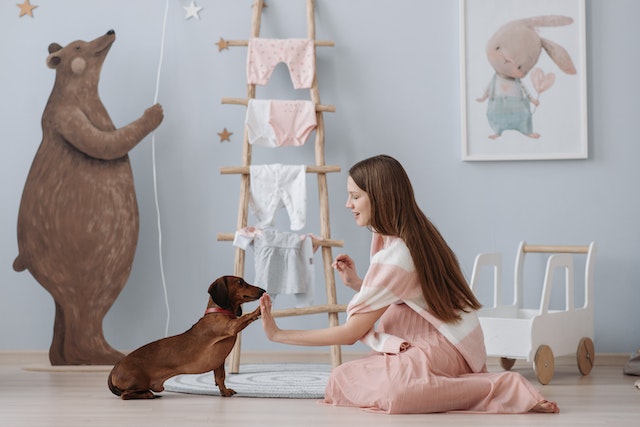If you’re a dog owner, then you know that training your furry friend can be a real challenge. This is why some people seek out certified dog trainers in Surrey. But with the help of some tasty dog treats, it can be a lot easier – and more fun for both of you. In this article, we’ll discuss how to use dog treats effectively for training purposes. We’ll start by discussing what types of treats work best, and then we’ll talk about how to use them during training sessions. Finally, we’ll offer some tips for making sure your dog stays motivated during training. Let’s get started.
How to use dog treats effectively for training purposes
When it comes to choosing the right type of treat for your dog, you’ll want to consider both their taste and their nutritional needs. For example, if your dog is overweight, you might want to choose low-calorie treats that are still flavorful. Alternatively, if your dog has allergies, you’ll need to find treats that don’t contain any of the allergens they are sensitive to.
Once you’ve chosen the right type of treat, you can start using them during training sessions. It’s important to use treats sparingly, however, as you don’t want your dog to become reliant on them. Instead, use treats as a way to reward good behavior. For example, if your dog sits quietly during a training session, give them a treat. Let’s discuss more of it in detail.
1. Start by choosing the right type of treats
When it comes to training your dog, treats can be a helpful tool for reinforcing good behavior. However, not all treats are created equal. In order to get the most out of your training sessions, it’s important to choose the right type of treatment. Small, bite-sized treats are ideal, as they’re easy for your dog to eat and won’t ruin their appetite. You should also look for a treat that’s high in protein and low in calories, as this will help keep your dog’s energy levels up during training. Lastly, make sure to avoid giving your dog too many treats, as this can lead to weight gain and other health problems. By following these simple tips, you can ensure that your dog treats are an effective tool for training. Exploring pet safety: ‘Can Dogs Eat Xanthan Gum‘? Get the answers you need.
2. Use treats during training sessions
One of the best ways to achieve this is to give your dog a treat during a training session, rather than afterward. This will help your dog associate the treat with the behavior you’re trying to encourage.
It’s also important to vary the type of treatment you use. Dogs can quickly get bored with the same food, so mix things up by using different kinds of treats, or even some of their regular food as a reward.
And finally, don’t overdo it. Treats should be given sparingly so that your dog doesn’t become overweight. With a little trial and error, you’ll find the right balance of treats that works best for you and your dog.
3. Make sure your dog stays motivated
Training your dog can be a rewarding experience for both of you, but it requires patience and consistency. One way to help keep your dog motivated is to use treats as rewards for good behavior. However, it’s important to use treats effectively, or your dog may become uninterested in the training process. When choosing treats, opt for something that your dog finds especially delicious, such as meaty treats or small pieces of cheese.
You should also make sure that the treats are easy to eat and not too large, as your dog will need to be able to swallow them quickly. Finally, reward your dog immediately after he or she performs the desired behavior, so that your dog associates the treat with the good behavior. By using these tips, you can ensure that treats remain an effective motivator for your dog during training.
Final words
Using dog treats effectively for training purposes can be a great way to help your furry friend learn new behaviors. By choosing the right type of treatment and using them during training sessions, you can help your dog stay motivated and engaged. And by making sure your dog stays motivated, you can ensure that training is a positive experience for both of you.

